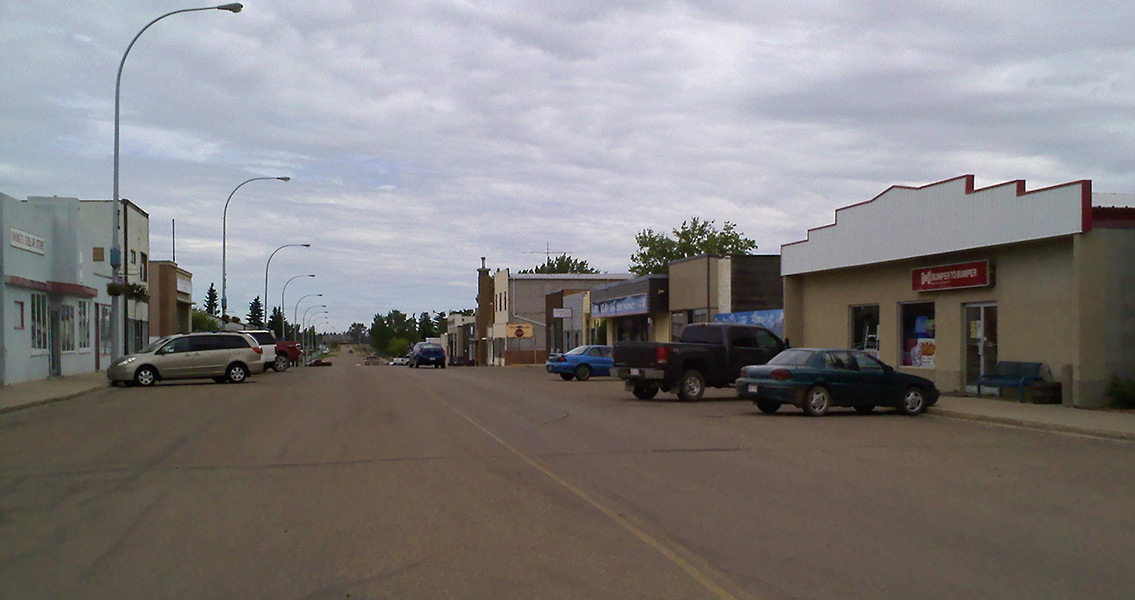<![CDATA[The centuries-old skeletal remains of a teenage girl were recently found on a hemp farm in Alberta, Canada, sparking a mystery revolving around who she might have been and why she had been buried there. Brian Rozmahel initially found the girl’s skull in a badger hole on his organic hemp farm just outside Viking, Alberta, a town with a population of just over a thousand. The farmer alerted the RCMP, fearing the skull might be evidence of a crime, but an investigation revealed the remains dated to the early nineteenth century – setting the stage for an archaeological and anthropological investigation into the matter instead. As Rozmahel waited for government officials to respond to his request for an investigation, he took it upon himself to gather up and keep any other remains safe that were close to the surface. In the meantime, the grave site was sanctified by a group of indigenous elders in a ceremony that Rozmahel and his family were invited to attend. The excavation of the grave itself was conducted carefully, revealing not only the rest of the skeleton – which was determined to have belonged to a young teenage girl aged between 13 and 14 in life – but a treasure trove of artifacts including a thimble, brass buttons, pieces of jewelry, and thousands of beads. Records of the find were meticulously kept. In an interview conducted by CBC News Edmonton, Wendy Unfreed from the Alberta Archaeological Survey remarked that the body was kept as intact as possible during the excavation in order to preserve the layout of the body and the artifacts that accompanied it in its grave. Once the remains had been fully excavated, the skeleton and the artifacts uncovered alongside it were taken to the Edmonton medical examiner’s office for detailed analysis. Matthew Wangler, the director of historical resources for Alberta Culture, told CBC News that the location of the girl’s grave and the accouterments she was buried with indicated someone of status, perhaps the daughter of an indigenous chief that died during a journey between known nineteenth-century trading sites. The location of the grave on what would one day become Rozmahel’s farm is approximately 150 kilometers – in both directions – from the nearest center of trade during the time period in which she died, Wangler also said. The unknown girl’s remains have since been returned to the earth after a full and detailed study, interred in a pine box created by Edmonton-based craftspeople alongside all the artifacts that had been discovered during her exhumation. Rozmahel dug the new grave in a tree-lined corner of his property that he felt was an appropriate resting place, and was present at the ceremony where she was laid to rest once again, alongside aboriginal drummers, elders, and a cadre of Mounties as an honor guard. Image courtesy of Open Street Map - Google Earth]]>
Centuries-Old Skeleton of Girl Found on Alberta Farm
